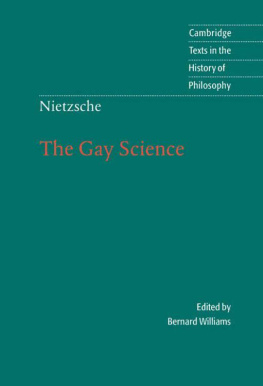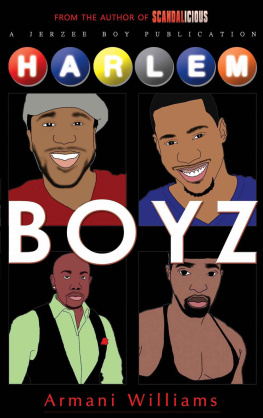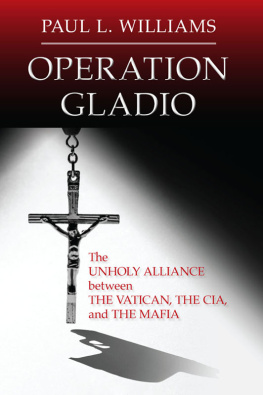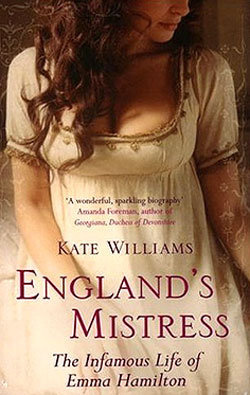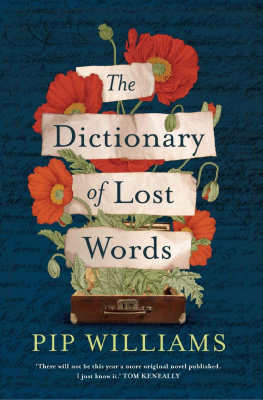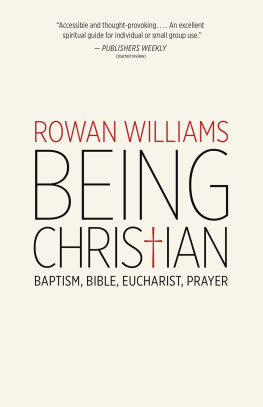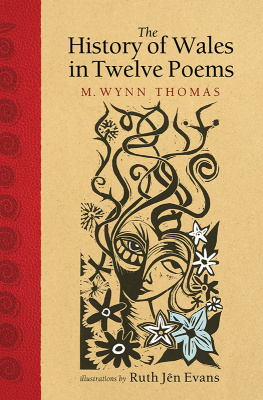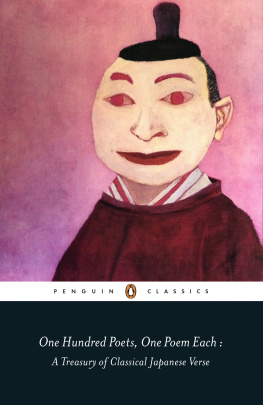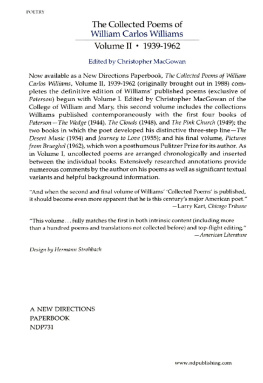This book includes all the poems published in
AfterSilentCenturies (1994) and
RememberingJerusalem (2001), and some more recent ones. Several of these pieces began as responses to visual works; in particular, the poems Our Lady of Vladimir, Pantocrator: Daphni, Rublev, and Feofan Grek: the Novgorod Frescoes, on some of the best-known and most frequently reproduced images in Eastern Christian art. Several of the poems are contained in three clusters (clusters rather than sequences, I think, as the order is not of major significance ). The first began with a visit to Jerusalem during Orthodox Holy Week in 1995, and makes a fair amount of allusion to the sites and ceremonies of the season; Abu Ghosh is one of the sites traditionally (though not very plausibly) identified with the Emmaus of St Lukes Gospel, scene of the resurrected Jesuss self-disclosure at the end of a journey, when he is recognised as he silently breaks bread. Today, Abu Ghosh is the location of a Benedictine community of French origin. The Graves and Gates poems reflect a period of several years marked by the death of parents and some close friends, among them the extraordinary figure of Gillian Rose, Jewish philosopher and critic, baptised on the day of her death.
Around all this, I found myself thinking about death in general, and about the deaths of some of those I love and admire from a distance as persons and writers; exploring how their deaths uncannily metaphorise something central to their work and thought (Simone Weils apparent self-starvation , Rilkes throat cancer). Celtia embodies a lasting scepticism about some modern romantic pictures of Celtic identity, looking instead at bits of the ancient Celtic world, in the literal form of artefacts from that age and also in the shape of fragments from one or two of the classical writers who describe it. There are some free translations: three from fairly well-known Rilke poems (Todes-Erfarhrung, Das Karusell and Der Engel, the originals in Neue Gedichte/New Poems, translated by Stephen Cohn, Manchester, Carcanet, 1997, pp. 83,101, and 67 respectively) and nine from the Welsh. The versions of poems from Welsh originals require a word of comment. The three writers represented differ widely.
Ann Griffiths was a farmers wife without formal education, who died in 1805, leaving a handful of hymns still remarkable for their bold and extravagant imagery and sustained emotional density. She wrote in conventional eighteenth century metres, with a straightforward rhyme scheme. She does not employ classical Welsh metrical forms, though she will sometimes use the alliterative idioms typical of these older forms. T. Gwynn Jones (18711949) was a major critical and historical writer and, in his time, an innovative poet of high reputation. Waldo Williams (19041971) was perhaps the foremost poet of his generation in the Welsh language, a visionary pacifist whose moral and cultural influence was (and is) immense; he was a brilliant exponent of classical Welsh forms, though he could also write in a more free style.
The six poems by him which I have translated are taken from DailPren, Llandysul, Gomer, new edition 1991. Each of these presents different problems for the translator. A close rendering of poems written in classical Welsh metre can often produce a lifeless English version, because the essential feature, the complex internal assonance and rhyming, disappears. Equally, renderings of poems in metres more recognisable to English readers, like Ann Griffiths hymns, can soften the odd and baroque quality of the strings of imagery. And to translate one of T. Gwynn Jones less formally innovative poems in a correspondingly traditional quatrain form does him less than justice.
As a result, I have adopted, for all three writers, a style of translation designed to be not at all a literal rendering, but an attempt to recreate the progressions of imagery with something of the energy they have in the original. I hope that to Welsh readers they will still be recognisable; but they are efforts to compose poems in English rather than to give a crib to the Welsh, and I have taken considerable liberties with Ann Griffiths verse in particular so as to present something appropriately fresh (as she deserves). For help with these translations, I must gratefully acknowledge the kindness of my friends John Walters and Patrick Thomas. Other friends have helped with comments and reactions over the years, to other pieces here. ROWAN WILLIAMS
forCeliaI
I am Mrs Noah: my clothes-peg head pins sheets out between showers; in my clean cabin, my neat bed, the bearded Augusti lumber in and out. I am Mrs Noah: I call the beasts home together, the cat to lie down with the slug, the nun with the flapper.
I comb the hair of ferns to dry on deck. I am Mrs Noah: arranging the flowers in bright dust round my garden shed, I watch the silent sky without doubt, in the soaked moonlit grass sleep without dread. I am Mrs Noah: the blossoms in the jug throw their dense pollen round the stormy room like foam; my hands hold beasts and friends and light in check, shaping their own thick gauzy rainbow dome.
II
Rodins fingers: probe, pinch, ease open, polish, calm. Keep still, he says,
recueille-toi: sit on the rock, gaze out to sea, and I shall make you patience on a monument. Keep still.
I kept still; he looked away. On the stairs. In the yard. I stood, not noticed, in the middle of half-broken stone, aborted figures. I was a failed work, keeping still among the darting birds. His hand refused to close, my lips stayed open all hours.
He might drop in. Brushing against Rilke in the corridor: he smiles with fear or pity. Angels, polished and black, bump into us at strange angles. Afternoon light swells like a thundercloud in the attic, busy around an empty chair, draped like the dead kings throne.
III
Thrse dreamed that her father stood with his head wrapped in black, lost. Thrse looks at the photographer under his cloth and sees Papa not seeing her.
I watch Thrse watching Papa and wondering when the cloth comes off. I watch her thinking you can spend a short life not being seen. Thrse looks at me and says, Only when you cant see him do you know youre there. She says, Can you see me not seeing you? Thats when you see me.
IV
I sent the boys off with their father. I shall wait on the drenched hill, Meudon, my Ararat, where the colours pour into the lines of a leafs twist.
And the backs of the chairs and schoolgirls plaits at Mass are the drawn discord, expecting the absolution of light in the last bar. Gwen John made numerous sketches from photographs of St Thrse of Lisieux as a child.
In sooty streams across the hill, rough, bumpy, contoured in jagging falls and twists, they walk beyond the crest, beyond the muddy clough, childrens coarse pencil sentences, deep-scored, staggering across a thick absorbing sheet, dry frontiers on a wet land, dry streams across wet earth, coal-dry, soot-dry, carrying the winds black leavings from the mill valley, but against the gales low, subtle, huddling: needs more than wind to scatter them. There is no glue, there is no mortar subtle, solid enough for here: only the stained air blowing up from the brewery through the lean dry gaps; hard to know how an eye once saw the consonance, the fit of these unsocial shapes, once saw each one pressed to the others frontier, every one inside the others edge, and conjured the dry aliens to run, one sentence scrawled across the sheet, subtle against the wind, a silent spell, a plot.
As the bird rides up the sky, the last sun looking up gilds in the hollows of the wings, an afterthought of gift to guests ignored and hurt, but no, the bird rides up the sky, eyes on the night.


